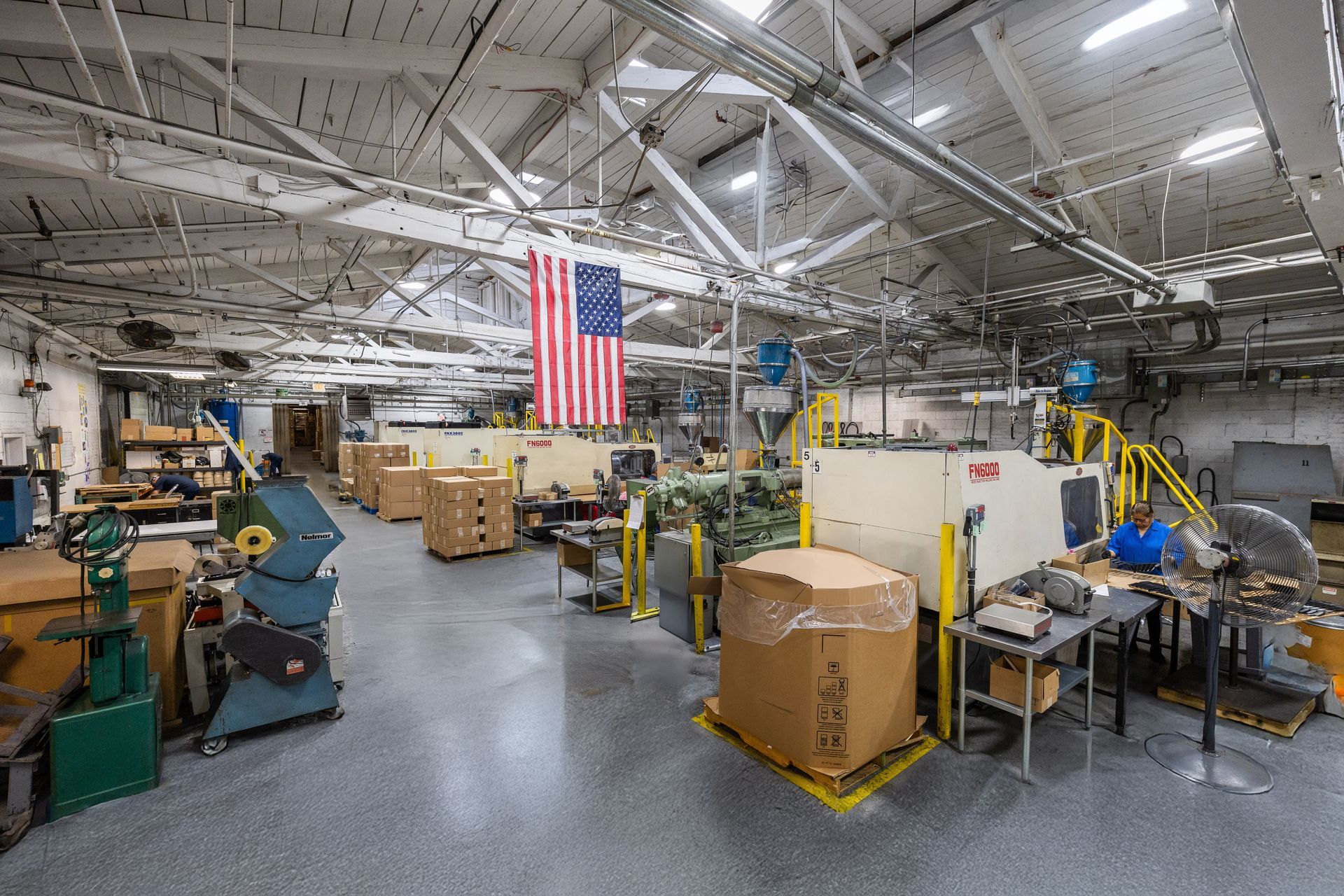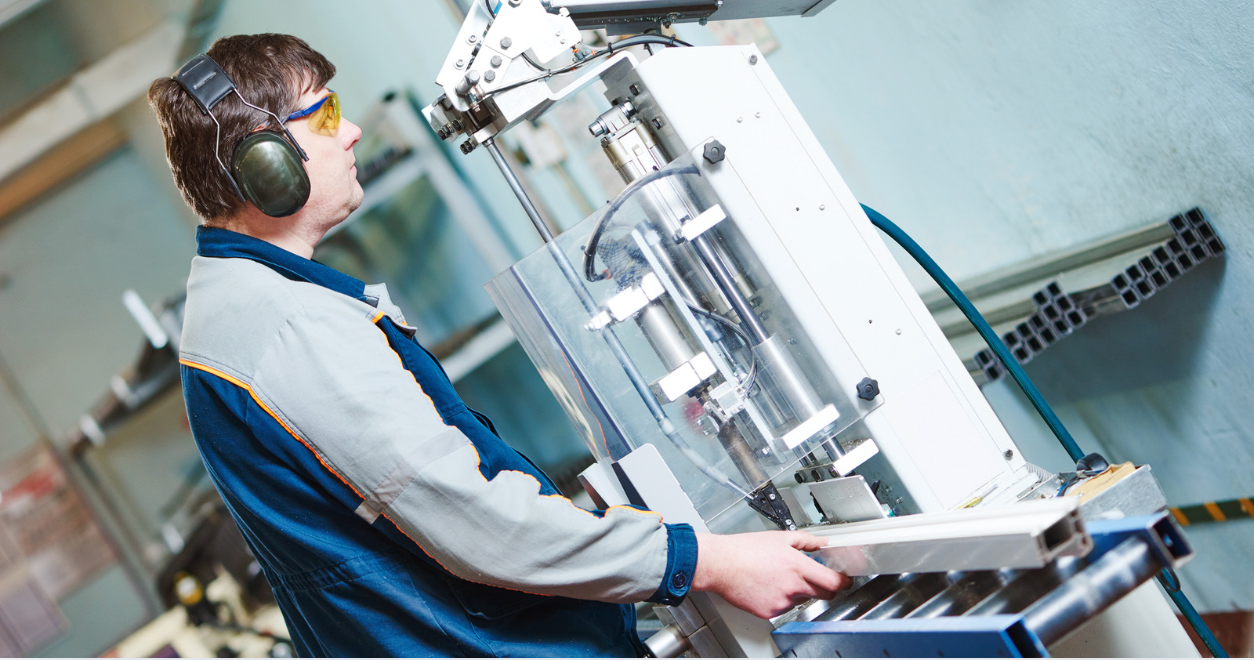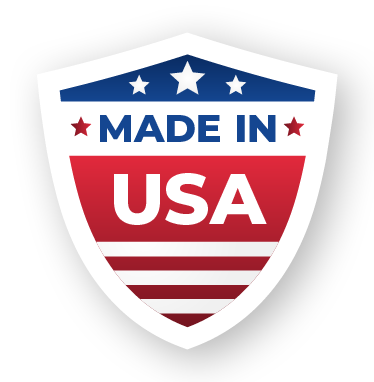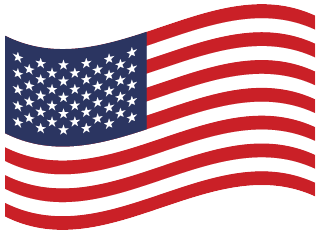Is It Safe to Microwave My Food in Plastic?
From storing leftovers in your refrigerator to holding prepackaged frozen meals, containers and wraps made of plastic are a convenient, durable, highly effective solution. Unfortunately, not all plastics are created equal. Some plastic formulations are perfectly suited for heating food in the microwave, while others may pose some risks and should not be used in the microwave.
Why Are Some Plastics Unsuitable for Microwaving Food?
When plastics are heated, microscopic amounts of material may be absorbed by the food against the plastic. In most cases, this is completely safe and in such minuscule amounts it may not even be detectable. Some plastic formulations are not designed to withstand the high temperatures of microwaving and some may release toxic chemicals through heat exposure.
What About Bisphenol A (BPA)?
You may have heard that plastics with BPA may be unsafe. Because of increasing public concern about BPA, the Food and Drug Administration (FDA), which governs food safety in the US, has undertaken multiple, extensive studies on BPA. Their results show BPA to be perfectly safe at current levels of exposure, and that even higher levels are very unlikely to be a cause of concern. Your personal preferences should guide your approach to plastics with BPA.
Plastics to Avoid When Microwaving Food
These plastic formulations (listed with their recycling numbers) may perform poorly in the microwave and may interact more with your food, particularly greasier foods. They should only be used in the microwave if they have the microwave-safe label.
- Polystyrene (styrofoam) — #6 — Not heat tolerant.
- Polycarbonate — #7 — Many formulations may contain BPA.
- Polyvinyl Chloride (PVC) — #3 — Rarely used for foods.
- High-Density Polyethylene (HDPE) — #2 — While generally safe, HDPE is less heat-tolerant.
- Low-Density Polyethylene (LDPE) — #4 — While usually safe, LDPE is also less heat-tolerant.
- Most bioplastics — While safe, they often perform poorly when heated.
Safe Plastics to Microwave Food
Despite the often alarming headlines and stories online, using plastics labeled "microwave-safe" is a simple, convenient, and safe way to heat or reheat foods.
- Polyethylene terephthalate (PET/PETE) — #1 — Safe to use with the microwave-safe label.
- Polypropylene (PP) — #5 — Most often used for frozen meals and food storage containers, safest for microwaving.
At Bennett Plastics, our commitment to safety is evident in our decades of satisfied customers. Contact us today to learn more about our injection molding and other plastic manufacturing services.
Recent Articles











